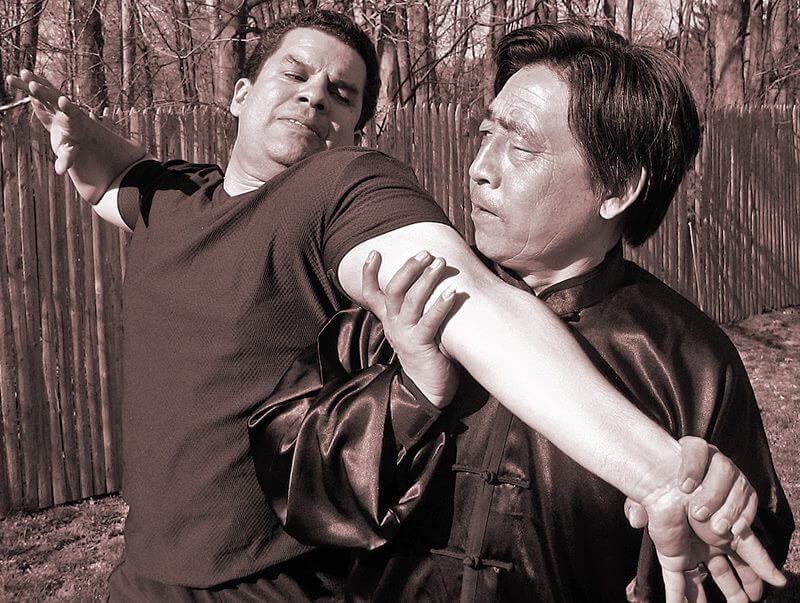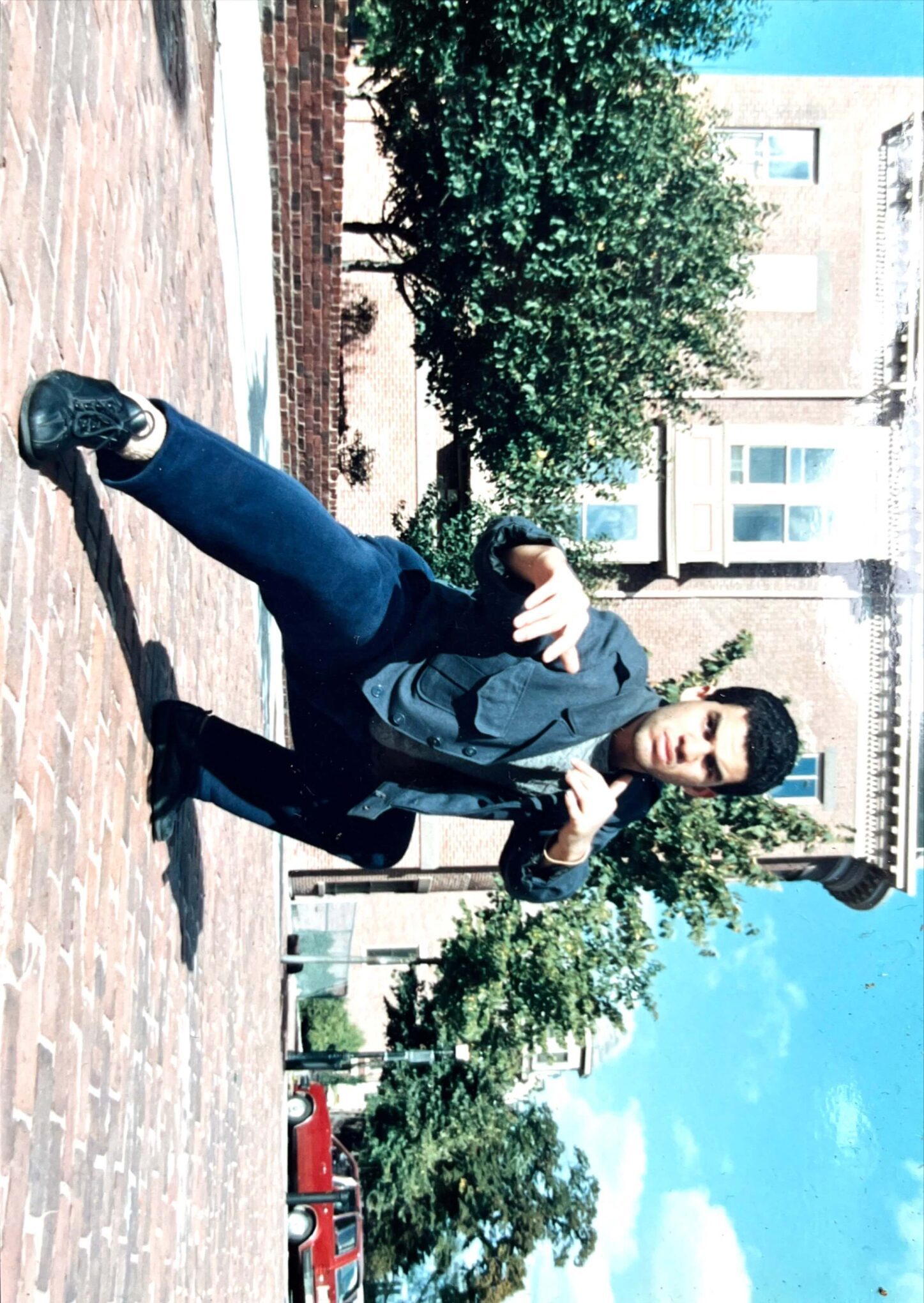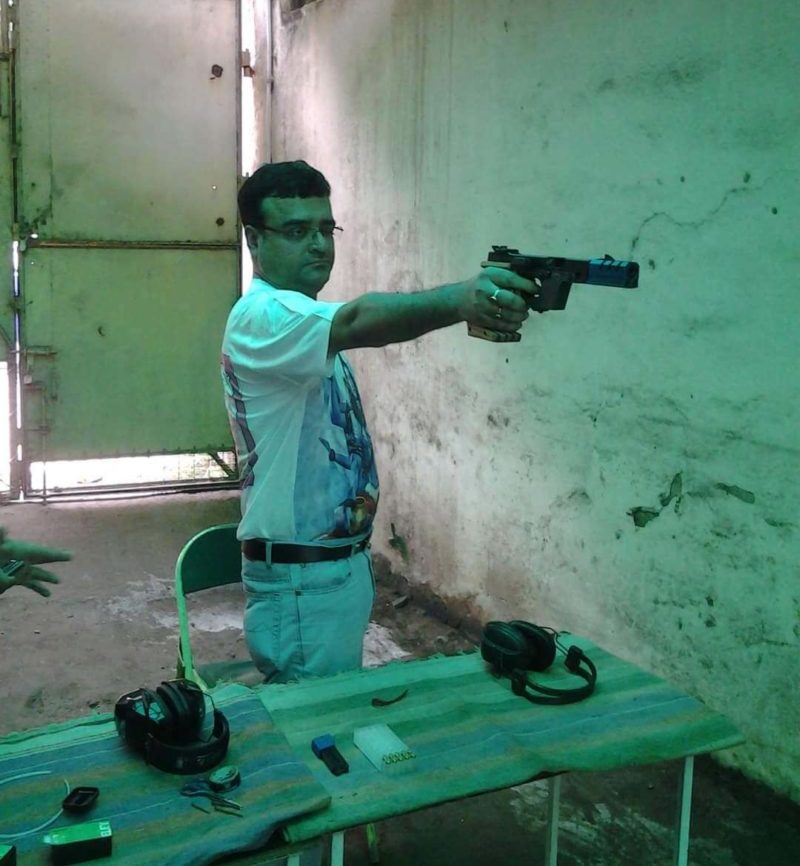Freefall had moved on from the ungainly and rather rigid spread-eagle position to “stable frog position” and onto body-acrobatics in the air. Skydivers were not so often to be seen on tree tops or thatched huts anymore. They were able to steer canopies with commendable skill backed up by a calculated release from computed points from the air based upon predicted winds. Accuracy of landings brought great cheer to this spectacular military performance. “Style” and “Accuracy” (two of the disciplines) in competitive sport parachuting, as it was called found in the early jumpers some worthy exponents. Having represented India, at France, in 1975, the first and early Indian imprint was left on the “ciel bleu”. Tiwari was adjudged fourth in Style, while Murty from the Army stood seventh in Accuracy. Sunil tells us about freefall, in the weekly column, exclusively for Different Truths.
What was Freefall about anyway? Fall free, for a while out of an aeroplane speeding away at over 200 miles an hour from tens of thousands of feet and then – a parachute you shall choose to open when people on ground look like ants and not otherwise, incredibly fast. And instantly, then on having stopped and hanging in thin air, as it were, you shall find yourself shocked, shaken and (not stirred !) hazy under a “round-little- synthetic-thingy” of some several hundred square feet! Strings attached to a harness tied to your body. An umbrella of sorts for these Dhartiputras, mind you! Coming down, thereafter, at around 15 ft. per sec and flying forward at about 12kms per hour in nil wind conditions. Your lifeline to mother earth!
 Chief Dhingra was his name. Some called him Dicky, and they were few. Remarkably charismatic, he was tall, sturdy, ram-rod straight, square jawed piece of granite worthy of an Aryaputra. Along with Jimmy Rao, he was selected for undergoing the Freefall Training to learn the advanced HALO (High Altitude Low Opening) techniques of insertion at the US Army Infantry School, Fort Benning Georgia and at US Army Special Forces establishment, at Fort Bragg, North Carolina (home of the Black Knights and the Green Berets), in 1970. The US had offered help after India was punished by the Chinese, in 1962, for not being sufficiently prepared militarily. Then Brig. I S Gill, Commander 50 I Para Brigade had played a visionary role in making this training abroad to happen.
Chief Dhingra was his name. Some called him Dicky, and they were few. Remarkably charismatic, he was tall, sturdy, ram-rod straight, square jawed piece of granite worthy of an Aryaputra. Along with Jimmy Rao, he was selected for undergoing the Freefall Training to learn the advanced HALO (High Altitude Low Opening) techniques of insertion at the US Army Infantry School, Fort Benning Georgia and at US Army Special Forces establishment, at Fort Bragg, North Carolina (home of the Black Knights and the Green Berets), in 1970. The US had offered help after India was punished by the Chinese, in 1962, for not being sufficiently prepared militarily. Then Brig. I S Gill, Commander 50 I Para Brigade had played a visionary role in making this training abroad to happen.
Crossing the seven seas leaving behind many a silent prayer Dicky learnt the first few tricks of this “weapon novae”: Freefall at Fort Bragg, North Carolina, in the US of A. It was the third of April 1970 – that fateful day when he leapt out of a C-130 from 10.000 ft. with a MC-1 steerable main and T-10 round. He had gone through a grueling medical and was found fit.
Mayor, Chandy, Gupta, Rao and many senior luminaries could not make the medical grade. It was just not enough that one had experience, jumps and the recommendation. You had pluck, but not enough luck as they say! Dhritarastra, as was his wont, remembered another day. Another Swayambar (suitors assembly) but of a different kind. In anger and jealousy, he hated the eligibility and success of Arjuna and defeat of Duryodhana and all his sons in a fair archery contest for the coveted hand of the matchless Draupadi.
The worthy son returned home triumphant, unscathed, wise, and perhaps a trifle nervous at the thought of having to train the first crop of Indian free fallers and make them into instructors. The “first of the best”! The quiet and shadowy black-ops specialist and a senior to boot- Anand, was surreptitiously doing the advanced version and by night (shhh!) somewhere in the Eastern shor es! (Since declassified to read as Aviation Research Centre, Charbatia, Cuttack). The Yankees once again were whispering secrets and a hushed race was on, by the side on strategy and tactics of clandestine insertion. Stand-off free fall jumps with equipment, insertions into simulated enemy territory and talk of HALO and HAHO (High Altitude High Opening) was on!
Airborne war games were squinting in the shadows, ready to begin. These were the early seventies, remember. The Bangladesh war, poor logistics and lack of supply of crucial free fall equipment delayed the start of indigenous training. However, with a nudge and a wink, a push here and elbow there, Dicky dusted himself off in mind and body of some growing cobwebs of doubt to start freefalling in the year 1972.The static line had been cut of its umbilical cord and a step into the blue it was. Freefall had finally begun in India.
With the round multi colored pioneer canopies a freefalling instructional nucleus was created with Rabade and Quttubuddin and quickly followed by Tiwari and Govindan followed by Lal, Palat, Banerjee, Sandhu, Hans. The first few surely were blessed and the handpicked among the officers and men soldiered on through many a travail and delight. The Army friends were learning too, in this slow tentative climb. One cannot compliment enough, the many pioneering steps that this motley group took to keep free fall healthy and kicking. What with limited number of parachutes being available, not enough aircrafts or slow-moving platforms like helicopters and the painful lack of concern or interest of the powers-that- be. The challenges of institutional support could not have been more daunting. As if the perils and anxieties of an unfamiliar and high risk task of becoming a combat free faller was not bad enough. The colourful, steerable, pioneer round canopies and the shell-shocking openings testing the sturdy spines in free-fall spread eagled positions made way for the faster, modern and accurate Russian UT-15’s and the American MC-3’s and the Para Commander. The opening shocks had considerably reduced and jumpers could now, recognise their friends, family and their wives most importantly, if they had one on their landing. The days of a dopy daze or early amnesia were over. Perhaps.
Soon, freefall had moved on from the ungainly and rather rigid spread-eagle position to “stable frog position” and onto body-acrobatics in the air. Skydivers were not so often to be seen on tree tops or thatched huts anymore. They were able to steer canopies with commendable skill backed up by a calculated release from computed points from the air based upon predicted winds.
Accuracy of landings brought great cheer to this spectacular military performance. “Style” and “Accuracy” (two of the disciplines) in competitive sport parachuting, as it was called found in the early jumpers some worthy exponents. Having represented India, at France, in 1975, the first and early Indian imprint was left on the “ciel bleu”. Tiwari was adjudged fourth in Style, while Murty from the Army stood seventh in Accuracy. Trips to the Soviet Union were also made.
Dhritharastra was slowly coming to grips with the new world of another era that Sanjaya was so devotedly describing. Earlier the magic, mystique and flying by night and day, changing shapes, temporarily making day into night, thunder and lightning, blowing strong winds was the sorcery of the Asuras blessed with the divine. The airborne that Sanjaya kept talking about must be different, he quietly reassured himself. But why and what has military to be doing with sport?
What had the blood-letting of war to do with the joys of health, peace and non-violent ways of sport? He woke up from his own soliloquy to recall how Guru Drona had coaxed all the sons of Pandu and his own to become physically sound, strong and supple as the mandatory first steps to bigger things. And how the young had happily devoted themselves to the fun of camaraderie, brotherly contests in running, wrestling, archery, mace wielding and weightlifting little knowing that the shrewd Guru was actually shaping them into very fine and excellent warriors.
Dhritarashtra, now smiled to himself to acknowledge how the seeds of a death-defying sport were embedded in the virtues of becoming a fine warrior at first in military freefall. From sport to war had been reversed to become war to sport.
Gravity, however, constantly kept reminding of terra firma as one had to always be coming down! Like everything that went up…. Yet, sons of the Lord Vayu, the Dhartiputras wanted to kiss the sun, as they dreamt and soared heavenwards daring the Devaputras.
©Sunil Kumar Banerjee
Pix by the author.





 By
By

